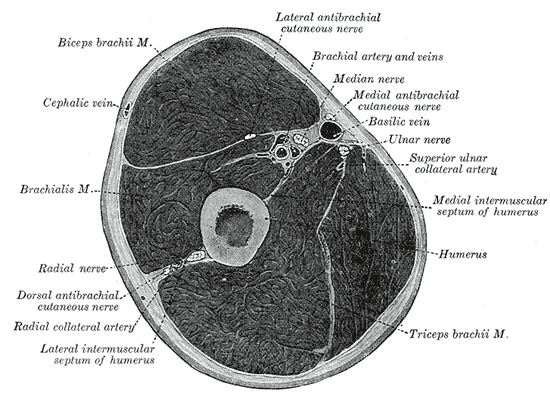[PANK] Interviews Editor Diana Clarke is a facilitator of the unexpected. She is a brilliant asker. Her approach both to writing and to conversations with other writers is vivid and curious, articulate and pointed. The fiery result of this approach comes across not only in her interviews, but also in her other work – including her film reviews, her writing about urban space and culture and her work translating Yiddish women poets. The stories she tells – and the ones she draws out of her subjects so deftly – are deeply dimensional.
Below, Clarke talks Lolita, lightning, pleats, vulnerability and Yiddish.
–Interview by Temim Fruchter
1. Many of us are scattered across the country and only know one another, and our writers, from the internet. Where do you blog from?
Mostly I blog from coffee shops. I find I can do the work much better–much truer, with more presence and intention–away from my home. My favorite cafe in Northampton, Massachusetts, where I’m living these days, has huge windows and great people-watching. I love sitting in the ambient communal energy, able to be still because of all the motion around me.
2. Okay, maybe this is a cheating question, but here goes: What is your dream question, the question you’d want any interviewer worth their salt to ask YOU? Continue reading
![[PANK]](http://pankmagazine.com/wp-content/themes/pank/assets/images/pank-logo-large.png)

